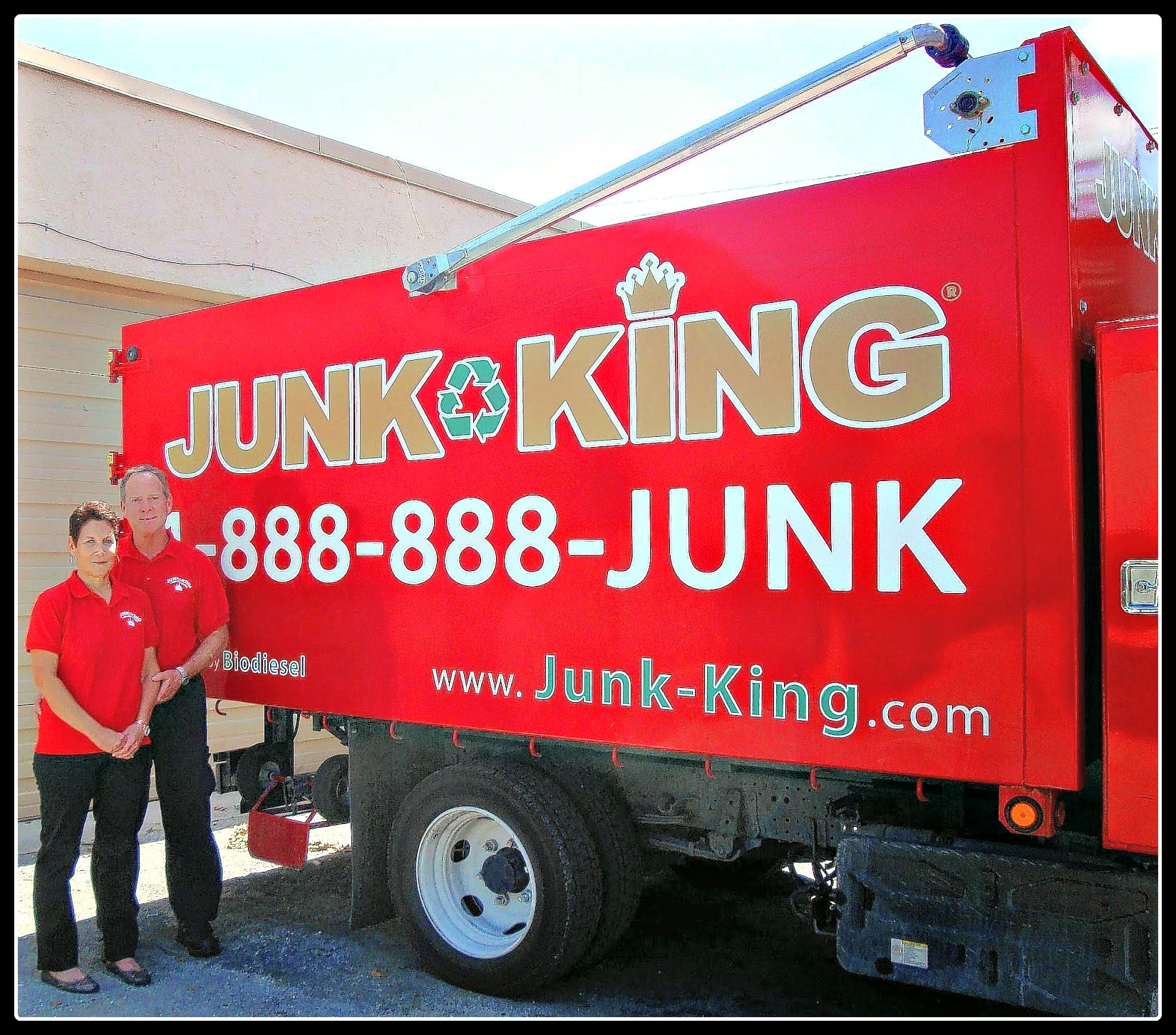Master The Art Of Picking The Excellent Dumpster Dimension For Your Project To Make Certain Performance And Cost-Effectiveness - Figure Out Just How In This Comprehensive Guide
Master The Art Of Picking The Excellent Dumpster Dimension For Your Project To Make Certain Performance And Cost-Effectiveness - Figure Out Just How In This Comprehensive Guide
Blog Article
Authored By-Sparks Fisher
When embarking on a project that calls for a dumpster, the size you choose can greatly influence its performance and cost-effectiveness. Visualize having the ideal container that suits all your waste without being excessively large or too tiny. All of it beginnings with recognizing the nuances of your project and picking a dumpster dimension that aligns with your particular requirements. So, prior to you make a decision, think about the aspects at play to make sure a seamless waste monitoring procedure from beginning to end.
Factors to Consider
When picking the best dumpster size, there are a number of crucial elements to think about.
Initially, think of the type of waste you'll be dealing with. Various products might call for varying quantities of room, so comprehending what you'll be placing in the dumpster is vital.
Next off, analyze the quantity of waste you expect to produce. If you take too lightly the quantity, you may require to make several trips to take care of every little thing, which can be inconvenient and pricey. On the other hand, renting a dumpster that's also large can cause unnecessary expenditures.
Additionally, take into consideration the room where the dumpster will be positioned. Make sure there's enough area for the dumpster to be delivered and picked up without any obstructions.
Lastly, think of relevant resource site of weight constraints that may use. Exceeding the weight limitation can lead to extra fees or perhaps the refusal of service.
Dumpster Dimension Choices
For selecting the best dumpster dimension, it's vital to have a good understanding of the readily available alternatives. Dumpster sizes usually vary from 10 to 40 cubic lawns, with variants in between.
A 10-yard dumpster is suitable for tiny tasks like a garage cleanout or a little remodelling. If you're taking on a medium-sized project such as a kitchen area remodel or a basement cleanout, a 20-yard dumpster may be the ideal choice.
For larger tasks like a whole-house restoration or business construction, a 30 or 40-yard dumpster could be better to accommodate the volume of waste created.
When picking a dumpster dimension, think about the quantity and type of particles you anticipate to throw away. It's far better to pick a somewhat bigger size if you're not sure to prevent overfilling. Bear in mind, it's more cost-efficient to rent out a dumpster that fits your demands as opposed to needing to order an extra one.
Matching Size to Task
Ideally matching the dumpster dimension to your job is vital for efficient waste management. To figure out the ideal dimension, consider the scope and nature of your task.
For small home cleanouts or improvements, a 10-yard dumpster may suffice. These are generally 12 feet long and can hold around 4 pickup tons of waste.
For larger tasks like renovating multiple spaces or removing a big estate, a 20-yard dumpster may be preferable. These are around 22 feet long and can hold around 8 pickup truck tons.
If you're tackling a major construction task or commercial renovation, a 30-yard dumpster could be the most effective fit. These dumpsters have to do with 22 feet long and can accommodate regarding 12 pickup loads of debris.
Matching the dumpster size to your job ensures you have adequate area for all waste materials without overpaying for unused capacity.
Final thought
Finally, choosing the ideal dumpster dimension for your job is important for reliable waste disposal. By considering 5 yard dumpster like the kind and quantity of waste, room schedule, weight constraints, and budget plan restraints, you can ensure you have the ideal size dumpster for your needs. Ensure to match the dimension of the dumpster to the scope and nature of your project to prevent overspending on unnecessary expenses.
